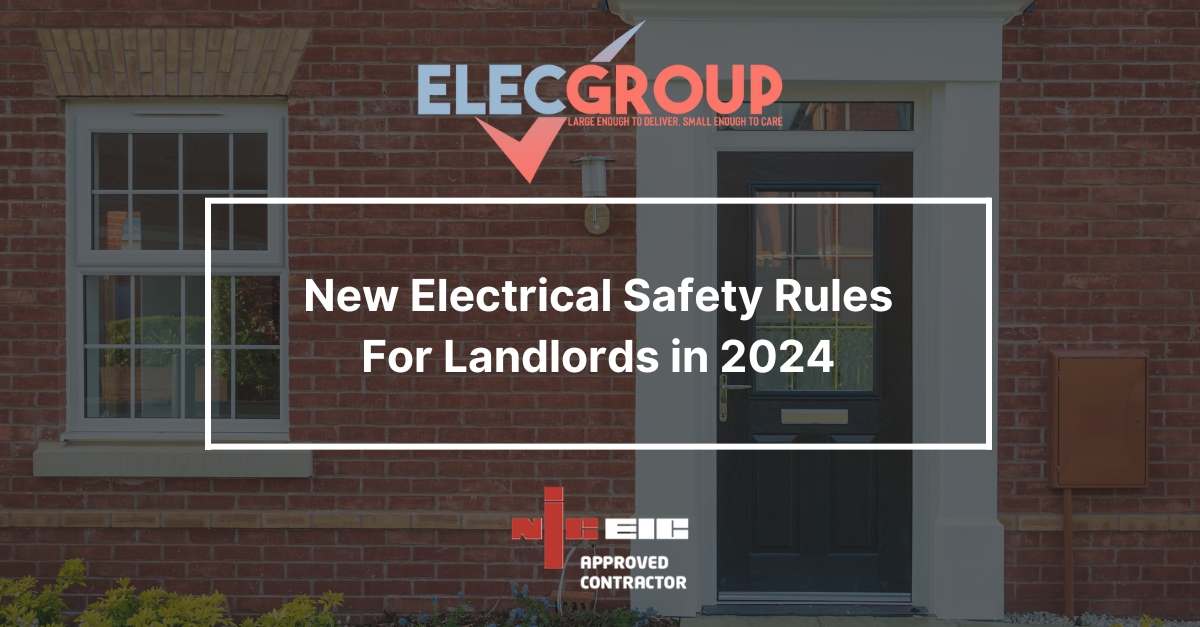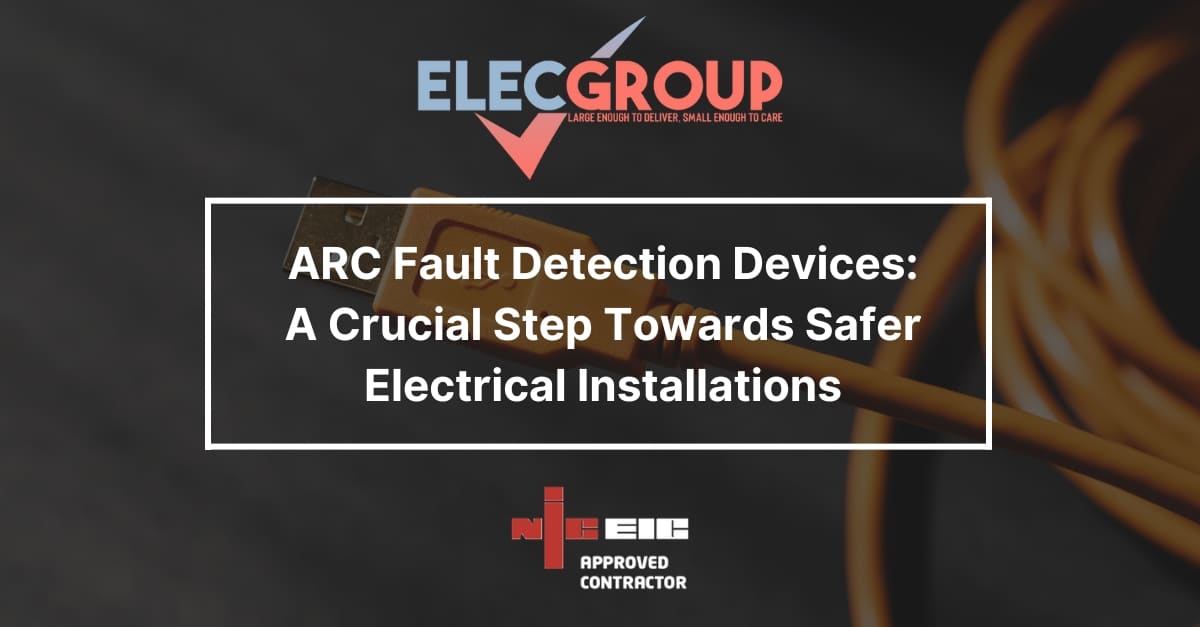An Essential Component of Health and Safety in your premises.
As a health and safety professional, ensuring the safety of employees, visitors, and students is of utmost importance. One potential health hazard that cannot be ignored is the risk of Legionella bacteria. In this blog article, we will delve into the world of Legionella Risk Assessment – its importance, legal requirements, and best practices to ensure a safe and healthy environment for all.
What is Legionella Risk Assessment?
Legionella Risk Assessment is the process of identifying potential risks of exposure to Legionella bacteria in a specific environment. Legionella bacteria can cause a potentially life-threatening form of pneumonia known as Legionnaires’ disease. The bacteria is commonly found in water systems where the temperature ranges between 20°C and 45°C, and where there are nutrients available to support bacterial growth. The purpose of a Legionella Risk Assessment is to identify any potential sources of exposure and develop strategies to mitigate the risk of infection.
Is Legionella Risk Assessment a Legal Requirement?
Yes, it is. The Health and Safety at Work Act 1974 places a legal duty on employers to ensure the health, safety, and welfare of their employees, visitors, and anyone else who may be affected by their activities. In addition, the Control of Substances Hazardous to Health (COSHH) Regulations 2002 require employers to conduct a risk assessment for any hazardous substances or organisms, including Legionella bacteria, that may be present in the workplace.
Where is Legionella Most Likely to be Found?
Legionella bacteria can be found in any water system where the temperature is suitable for their growth and nutrients are present. This includes cooling towers, hot and cold water systems, spa pools, and decorative fountains. The bacteria can also survive in soil and compost, and can be found in natural water sources such as rivers and lakes.
When is a Risk Assessment Required?
A Legionella Risk Assessment is necessary whenever there is a potential risk of exposure to Legionella bacteria in the workplace. This includes any premises where water is stored or used, such as offices, factories, hospitals, schools, and leisure facilities. In addition, a Legionella Risk Assessment should be carried out whenever there is a change to the water system, such as the installation of a new hot water tank or the introduction of a new water source.
How Often Should a Legionella Risk Assessment be Carried Out?
The frequency of Legionella Risk Assessments depends on the complexity of the water system and the potential risk of exposure to Legionella bacteria. For example, a simple hot water system in an office building may only require an assessment every two years, while a complex cooling tower system in a hospital may require more frequent assessments. The Health and Safety Executive (HSE) recommends that a Legionella Risk Assessment be reviewed regularly and whenever there is a change to the water system.
Who Should Carry Out a Legionella Risk Assessment?
Legionella Risk Assessment requires a competent and qualified individual with the necessary expertise to identify and assess the risk of exposure to Legionella bacteria. This person may either be an in-house health and safety professional or an external consultant who possesses the required knowledge, skills, and experience to develop strategies to mitigate the risk of infection.
It is crucial to ensure the health, safety, and welfare of individuals in both domestic and non-domestic premises, and a legal obligation exists to control the risk of exposure to Legionella bacteria. At The Elec Group, we are qualified and experienced in conducting Legionella Risk Assessments, ensuring a safe and healthy environment for all.




